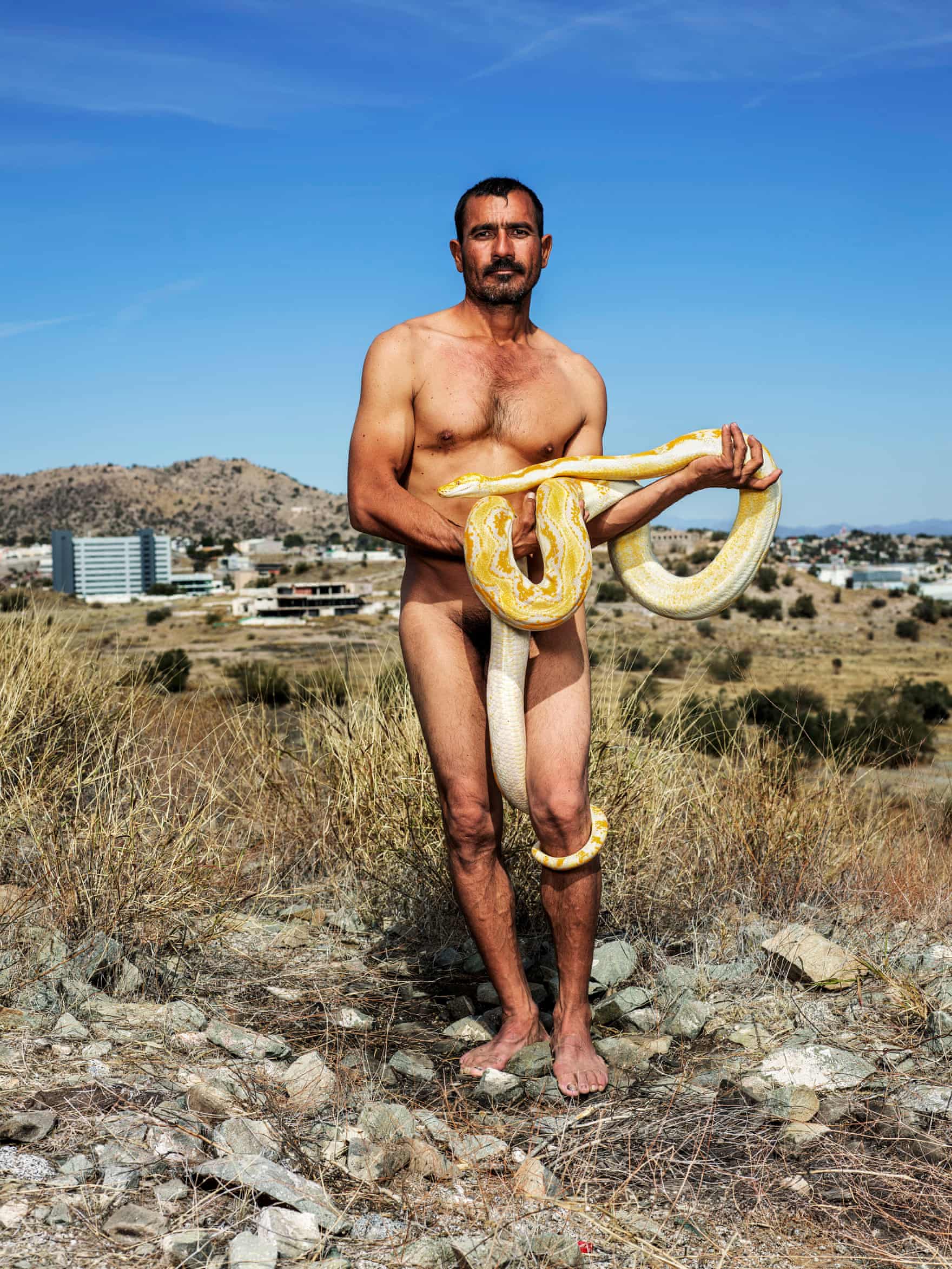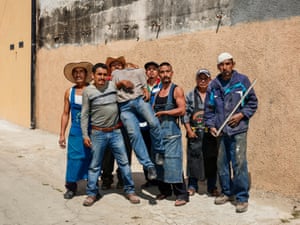Greenpeace climate activist looks on as he is being removed by police officers near the entrance to BP's head office in London, Britain February 5, 2020. REUTERS/Toby MelvilleBP HIRES A LOONEY AS CEO
LONDON (Reuters) - Climate protesters forced BP (BP.L) to temporarily shut down its London headquarters on Wednesday, the first day in office for the oil and gas company’s new CEO Bernard Looney.
RELATED COVERAGE
Police arrest nine people after protest at BP's London HQ
BP said more than 100 Greenpeace activists attempted to place 500 solar panels in front of BP’s building in St James’ Square in central London, and blocked the entrances with oil barrels.
Police said they had arrested nine people after the protest.
Greenpeace spokesman Stefano Gelmini said several activists had chained themselves to the oil barrels.
BP said Chief Executive Looney, who was visiting staff in Germany on Wednesday, shared the “deep concerns” of the climate protesters and understood their frustration and anger.
The 49-year-old Irishman will set out his vision for BP’s response to the low carbon energy transition in a speech next week where he is expected to unveil deeper commitments to reduce the company’s carbon emissions.
BP said Looney “hopes that what he has to say then will give people a sense that we get it and are very serious about working to address the problem.”
BP has faced growing pressure from climate activists and investors to meet to the 2015 Paris climate goals to battle climate change.
Police arrest nine people after protest at BP's London HQ
LONDON (Reuters) - British police arrested nine people after climate change protesters temporarily shut down BP (BP.L) headquarters in London on Chief Executive Bernard Looney’s first day in office.
More than 100 Greenpeace activists attempted to place 500 solar panels in front of BP’s office, blocking the building’s entrances with oil barrels.
The people were “arrested for offences including aggravated trespass, highway obstruction and conspiracy to commit public nuisance and have been taken to police stations in central London”, the Metropolitan Police said in a statement.
LONDON (Reuters) - British police arrested nine people after climate change protesters temporarily shut down BP (BP.L) headquarters in London on Chief Executive Bernard Looney’s first day in office.
More than 100 Greenpeace activists attempted to place 500 solar panels in front of BP’s office, blocking the building’s entrances with oil barrels.
The people were “arrested for offences including aggravated trespass, highway obstruction and conspiracy to commit public nuisance and have been taken to police stations in central London”, the Metropolitan Police said in a statement.























